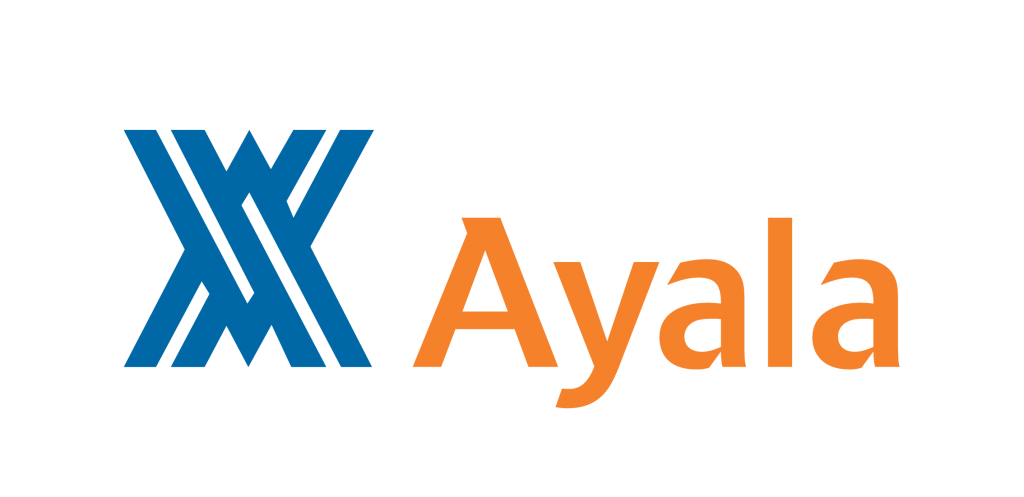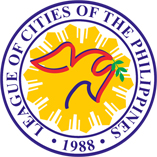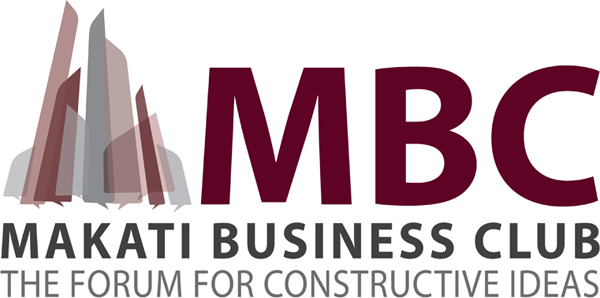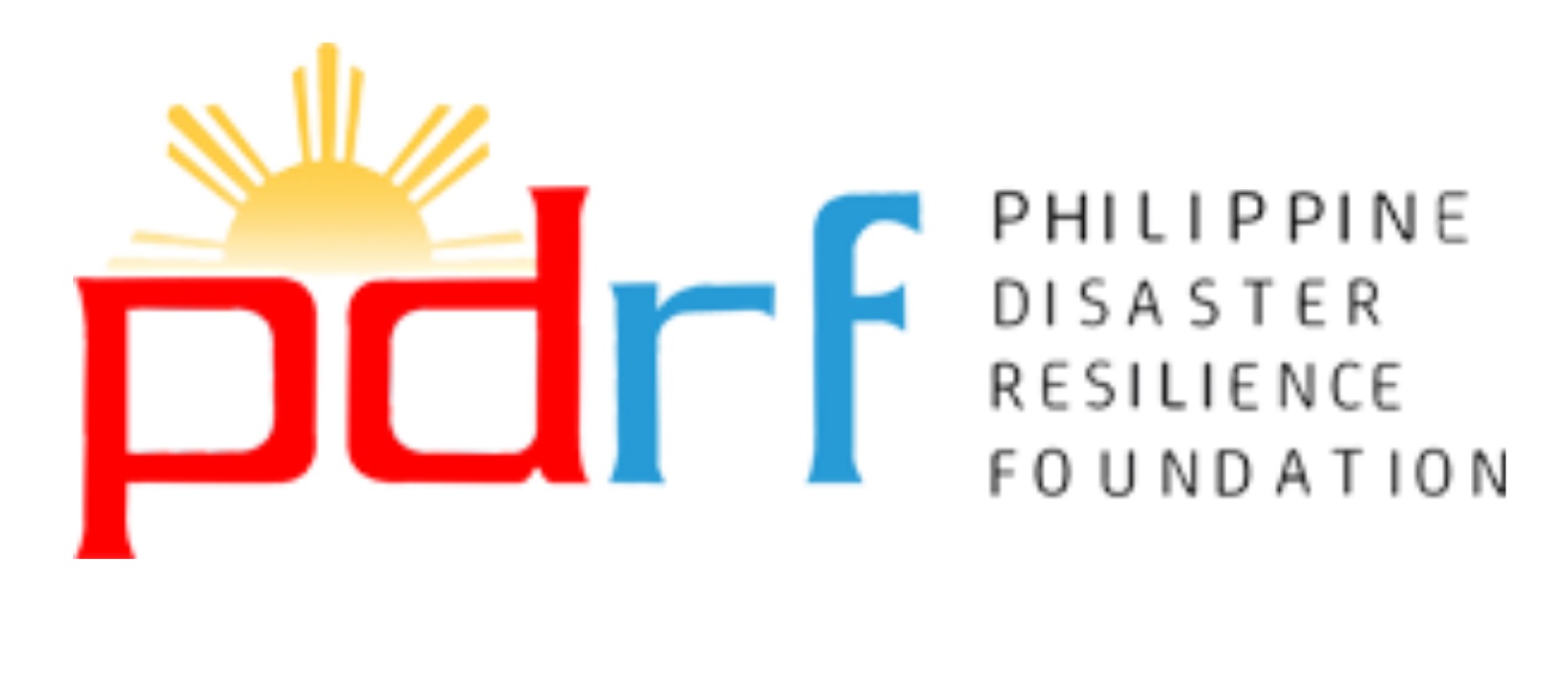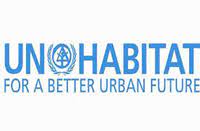I recently had the opportunity to listen to a World Bank briefing on the “Philippines Systematic Country Diagnostic Update” during one of a series of consultative meetings done with various sectors. The main purpose of the report is to identify priorities for a country to most effectively and sustainably achieve its goal to end extreme poverty and boost shared prosperity on a liveable planet.
For the decade 2010-2019, economic growth accelerated and became more inclusive, with poverty declining by 9.5 percent. Progress accelerated from 2015 to 2018 but the pandemic which hit in 2020 reversed some of those gains.
Inclusive growth and jobs. In this first thematic area, some of the challenges included a large infrastructure gap. In the 2023 edition of the Logistics Performance Index which measures the quality of a country’s infrastructure, the Philippines ranked 43rd out of 139 countries. We were behind Malaysia and Thailand, about the same as Vietnam, and ahead of Indonesia. We also had a big digital infrastructure gap and high electricity costs (double that of Indonesia and more than a third higher than Thailand’s).
We had low productivity and incomes in the agricultural sector, primarily due to fragmentation, lack of diversification and innovation, low mechanization, and weak infrastructure and supply chain linkages. Climate change and natural disasters coupled with uneven access to insurance and credit also hobbled this sector.
Lack of firms’ growth was a challenge for expansion of higher quality jobs. This was due to limited competition and lack of innovation. New technologies and artificial intelligence bring both promise and risks to these sectors.
Building human capital. In this second thematic area, the challenges are truly daunting. Certain aspects constrain income, productivity, and the job market. Low educational attainment and low learning outcomes are obvious barriers to entry to higher paying jobs. Moreover, the prevalence of malnutrition contributes to low learning outcomes. As of 2020, it was estimated that children could only expect to hit 52 percent of their potential productivity by age 18 because of low learning and health outcomes.
Low learning outcomes are the product of low quality education as well as the inability to complete school. About 37 percent of the workforce aged 25 and older have not completed high school and only 20 percent completed college.
Malnutrition is a major problem. As of 2021, about 28.8 percent of children below 5 years of age were stunted, one of the highest rates globally. Malnutrition, as everyone knows, has direct impact on learning outcomes.
Climate change and building resilience. Climate change is expected to have a significant impact on the country. Among its expected effects are reduced GDP, lower agricultural productivity (an estimated 9 percent to 21 percent drop by 2050), increased hunger (up 8 percent by 2030 and 13 percent by 2050), and overall erosion of our natural capital. Our defenses are not as prepared as they should be: from agricultural and food systems to cities and infrastructure (including power, water and sanitation, connectivity and telecommunications), biodiversity and ecological loss, and disaster risk financing and insurance, for instance.
Cross-cutting challenges. Cutting across these themes are three sets of challenges. The first has to do with local government service delivery. A combination of low local revenue generation, spotty intergovernmental fiscal transfers, overlapping service delivery responsibilities which lead to low accountability, and weak or uneven local capacities contribute to low execution.
The second challenge lies at the national government level. Inefficient public procurement, overlapping responsibilities among agencies, limited civil service capacity, and inconsistent decision-making over time are just some of the problems besetting this sector. Transparency, accountability, corruption, and concentration of political power also serve as additional issues.
The third cross-cutting issue is digital transformation. Not to belabor the obvious but by any measure—access, speed, and cost for both fixed and mobile broadband—the Philippines is a laggard in Asean. We are among the lowest in access and speed and highest in cost. The access gap between rich and poor widens and the spread of digital transformation in e-commerce, trade, digital payments, financial services and banking, and use of technology by small businesses lags in the region.
Better implementation is the key. The list of opportunities to treat these challenges is long. Some require policy changes but in most, if not all cases, require good implementation over a sustained period of time. However, implementation is the one thing we have not been able to do consistently well as a nation. What are we getting wrong and what can we do to fix these national challenges? The answer, I believe, lies in developing a new strategy for problem-solving and implementation. Today’s problems have grown far too large and critical for any single institution to solve. Given the Philippine context, we will need to devise better ways of harnessing public and private resources and skills to combat these problems.
GUILLERMO M. LUZ
Chairman, Liveable Cities Philippines
Chief Resilience Officer, Philippine Disaster Resilience Foundation


